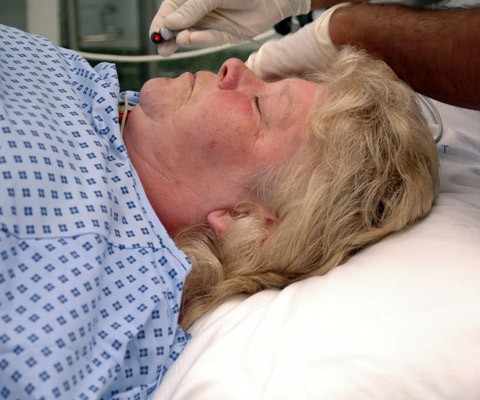Difficult Mask Ventilation
The anaesthetist may face a number of complications, including difficult mask ventilation.
High ventilation pressures may be due to an obstructed airway, or low airway pressures from an excessive leak. Loss of gas from the circuit is commonly due to difficulty maintaining a seal between face and mask.
Question: What factors make difficult mask ventilation more likely?

The anaesthetist may face a number of complications, including difficult mask ventilation.
High ventilation pressures may be due to an obstructed airway, or low airway pressures from an excessive leak. Loss of gas from the circuit is commonly due to difficulty maintaining a seal between face and mask.
Question: What factors make difficult mask ventilation more likely?
Answer: Factors include:
- Increased age
- Obesity
- Small mandible (perhaps hidden by a beard)
- History of snoring
- Absence of teeth
- Craniofacial abnormalities
- Reduced neck mobility
